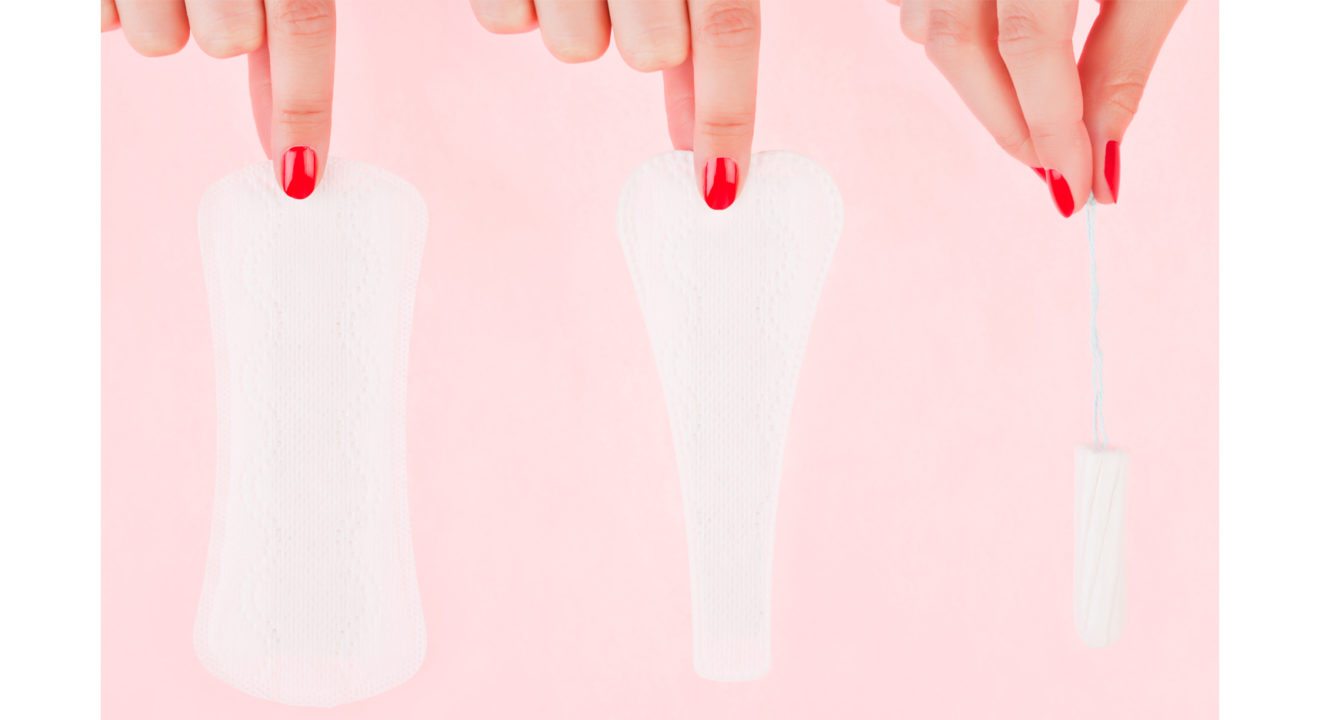Relationships November 23, 2016


Tampons and pads are products designed to keep the female menstrual cycle as comfortable and mess-free as possible. But are these products unhealthy and inadvertently harming women?
In a Huffington Post article, Dr. Joseph Mercola, a physician in osteopathic medicine, he reveals why it’s important to know what you are putting outside and inside your body, especially around your reproductive organs. He explains that the skin around the vagina is thinner and more permeable than other parts of our body, which makes it incredibly vulnerable to toxins.
In the end, anything coming in contact with your skin will end up in your bloodstream, which is why Mercola says we should all be fond of the phrase “Don’t put anything on your body that you wouldn’t eat if you had to.”
READ MORE: Birth Control for Men Study Halted Due to ‘Mood Changes’
The average American woman uses about 16,800 tampons in her entire lifetime, but does she know what chemicals are in her feminine hygiene products? Founder of Naturally Savvy Andrea Donsky’s ebook “Label Lessons: Your Guide to a Healthy Shopping Cart” reveals that tampon and sanitary pad manufacturers are under no obligation to disclose the ingredients in their products because their feminine hygiene products are classified as “medical devices.”
When Donsky decided to call Proctor and Gamble to learn the chemicals in their Always infinity pads, they could only mention two ingredients: foam and Infinicel, an absorbent material that can hold ten times its weight. Donsky then created a video comparing organic to conventional pads by burning them. The organic pad burned clean with no residue while the mainstream pad left behind “black smoke and thick residue,” which Mercola indicates is a sign that the pad contains “dioxins, synthetic fibers, and petrochemical additives.”
Chemicals like BPS and BPA can reportedly disrupt embryonic development and have been linked to cancer and heart disease. Synthetic, plastic agents, fragrances can “restrict air flow and trap heat and dampness” creating the optimal environment for bacterial growth in the vaginal area.
READ MORE: Make America Moist Again
Ever thought about how tampons and pads look so “ultra-white”? The answer is often chlorine bleach. This chemical creates disinfection byproducts like dioxin, which according to an EPA draft report, poses a public health threat that “has no safe level of exposure.” This chemical has been linked to “abnormal cell growth, immune system suppression, hormonal and endocrine system disruption, and abnormal tissue growth in the abdomen and reproductive organs.”
The well-known but rare health risk known as “Toxic Shock Syndrome” (TSS) is more likely to happen with tampons that have the presence of “rayon” and “viscose,” which Mercola states are absorbent fibers that can stick to the vaginal wall upon removal.
So what’s the safe alternative? Mercola cites Andrea Donsky, who recommends“Natracare, Diva Cup, Seventh Generation Chlorine Free Organic Cotton Tampons, Glad Rags Organic Pads and Organyc 100% Organic Cotton Tampons.
Yes, periods can be uncomfortable, but don’t prioritize hassle-free over health. There are alternatives to keep doing your everyday activities comfortably while also reducing your risk for TSS, cancer and yeast infection.
READ MORE: Best Workouts You Can Do at the Beach